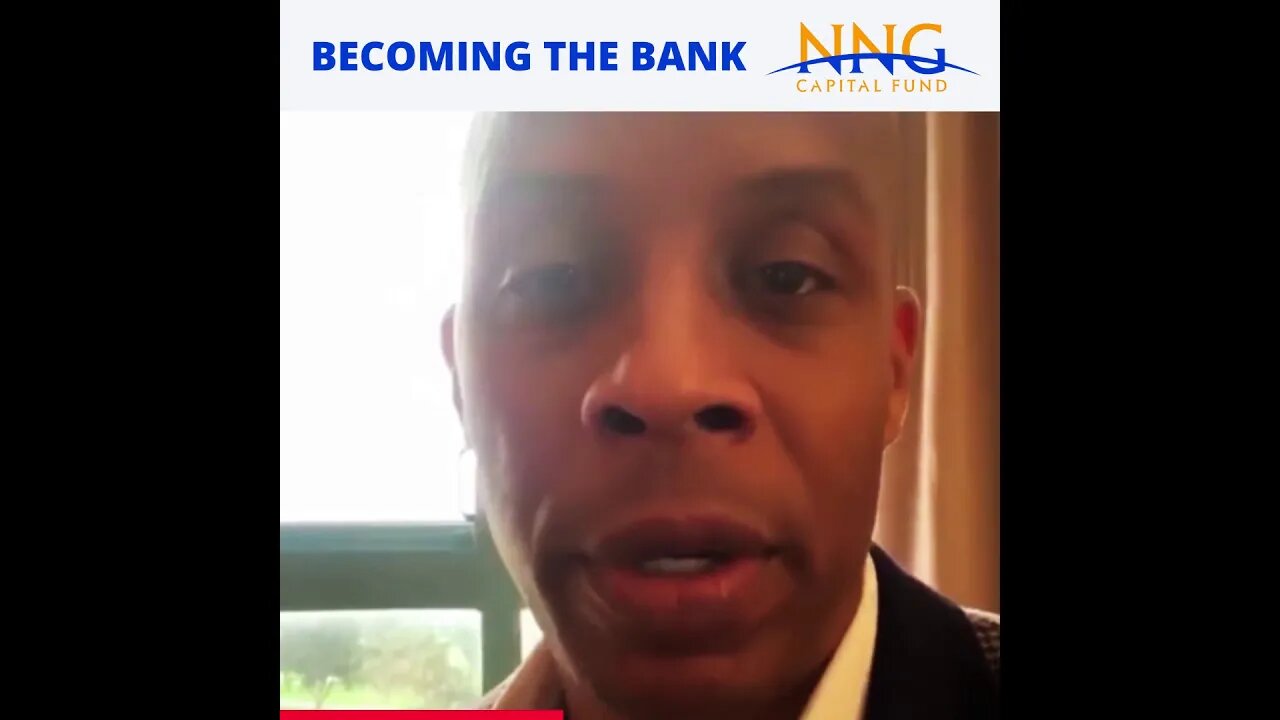Premium Only Content

Becoming the Bank
When you take out a mortgage note on your property, you would borrow money from the bank; the bank then puts a lien on it and writes up a deed of trust, and you sign the note. In doing that, if you default and stop paying, the bank sells the note and mortgage to an investor, who then has the same rights as the bank to collect.
The investor becomes the lien holder. If you are the investor, you can then lower the payments and help the person stay in the house – they are the property manager, and you are the bank.
The biggest challenge is to get the asset manager or loan service to get the other person to the negotiating table. There you can keep open communication about the person’s financial situation and work out the payments according to their ability to pay – this is not as easy as it sounds; it could take a year or two, or it could take just two months. You never know. The most efficient way to get the debtor in communication with you is to get a collector’s attorney to start a legal process.
In the first step of the legal process, the attorney sends out a demand for payment letter. If there is no response, they move to the second phase which is foreclosure.
For every loan you buy, depending on the state of the loan, there is a foreclosure cost between $5,000 and $7,000. It can even go as high as $12,000. There’s no way to tell which loan will go that route, so you need to have reserves and be prepared for that.
If you’re looking to get into this space, it’s important to get educated first. If you have capital, you’ll be able to make leaps in the business. If you don’t have the capital, you can gain knowledge and partner with someone who has capital through a joint venture.
#becomingthebank #realestateinvesting #mortgagenotes
-
 0:22
0:22
AgentofSocialMediaChaos
3 years ago $0.01 earnedBecoming Review
51 -
 10:06
10:06
Tundra Tactical
20 hours ago $1.73 earnedGOA EXPOSES ATF's Shocking Gag Order!
25.5K14 -
 14:13
14:13
Film Threat
1 day agoDISNEY SNOW WHITE SPOILER REVIEW | Film Threat Reviews
39.9K16 -
 5:00
5:00
Kirill MultitoolOfficial
1 day ago $1.38 earnedUseful Bushcraft skills and Lifehacks
26.6K2 -
 11:18
11:18
ariellescarcella
23 hours agoWoke Judge Says : "No Prison Time For Trans Child Abuser"
22.5K26 -
 8:11
8:11
BIG NEM
21 hours agoThe Balkan Wars, Israel-Palestine & Ukraine: A Cycle of Trauma
14.8K3 -
 0:59
0:59
PewView
6 hours ago $0.39 earnedP09 c 60 second PewReview
10.7K4 -
 5:45:48
5:45:48
Akademiks
17 hours agoDay 1/30. SAUCE WALKA SH*T? Yella Beezy Arrested for Mo3 M*RDER. FEDS DId A SWEEP in LA. YE INTERV?
124K35 -
 49:27
49:27
The Connect: With Johnny Mitchell
1 day ago $25.59 earnedThe Truth About Mayo Zambada & The Fall Of The Sinaloa Drug Cartel- Mexico's Last Criminal EMPIRE
98.9K62 -
 4:09:15
4:09:15
PeculiarPineTreePlays Minecraft Livestreams
21 hours ago $30.52 earnedTNT Blast Chamber Progress! - Shenanigang SMP Pancake Edition Ep46 - Minecraft Live Stream
139K6